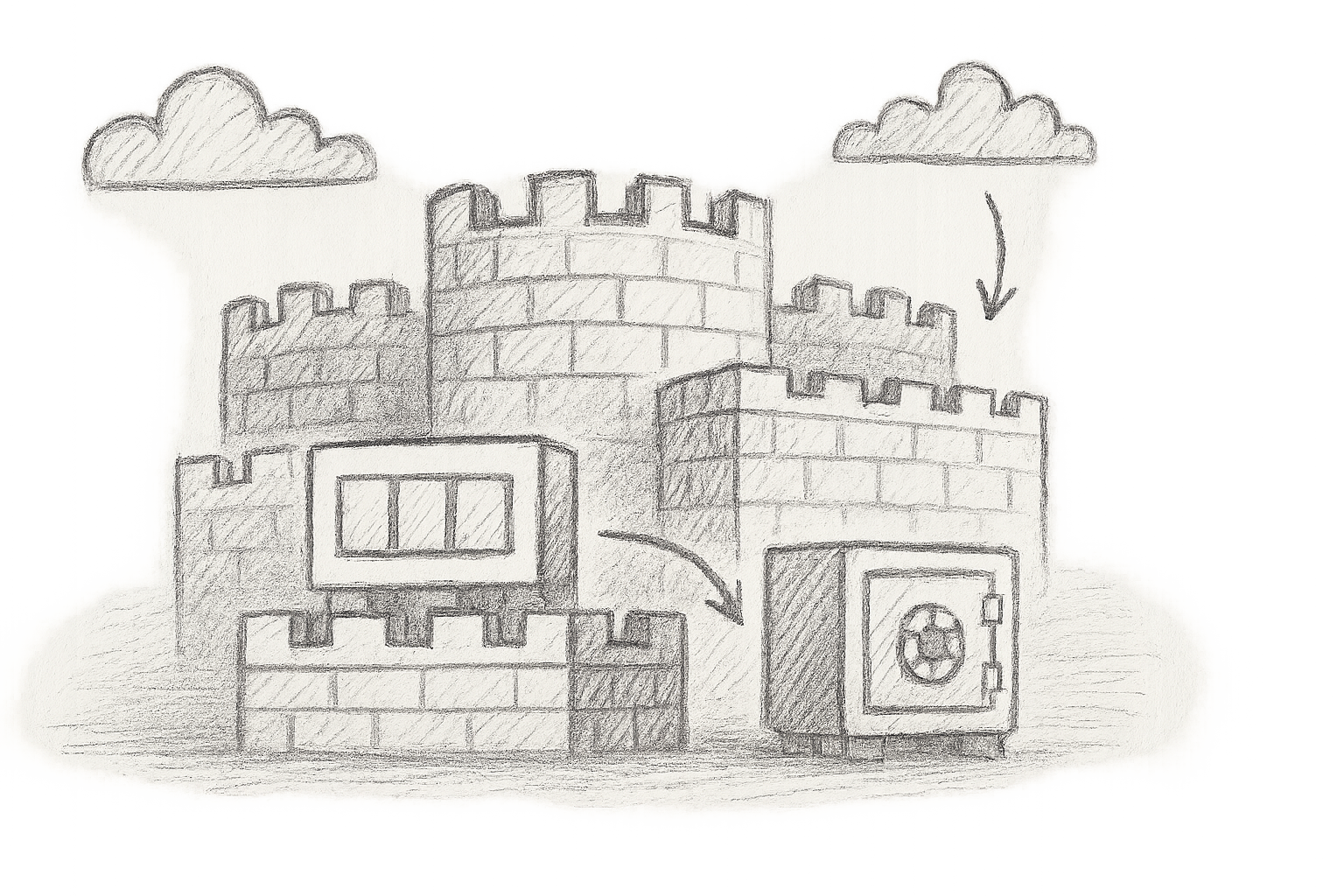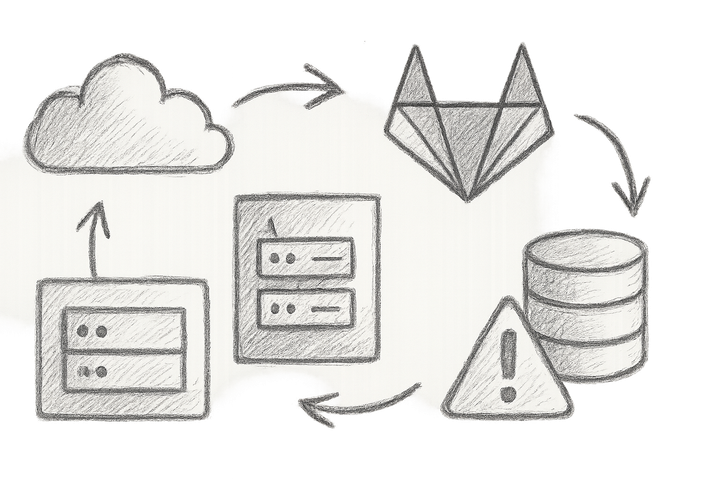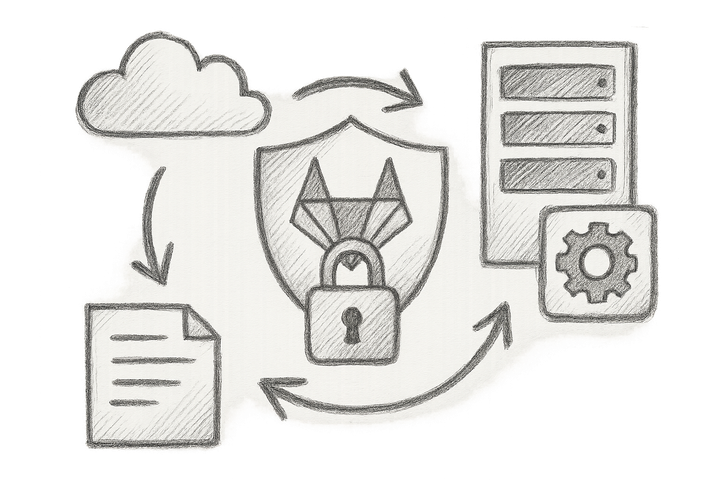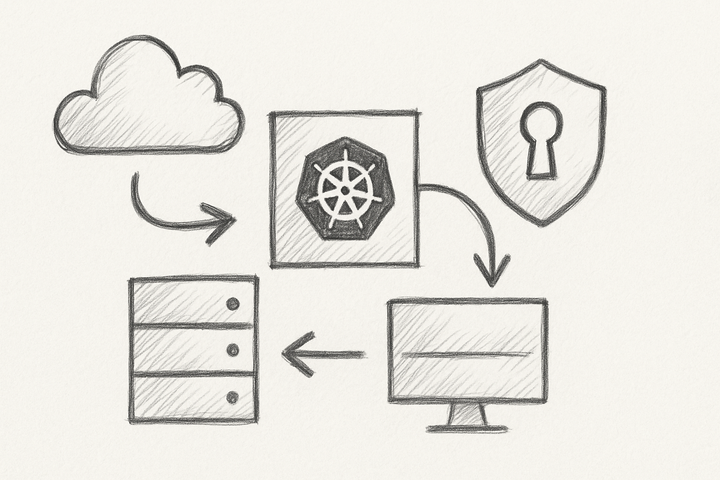Optimizing Container Security with Dragonfly v2.3.0

At 2 AM on a Tuesday, our monitoring exploded with alerts. I stumbled out of bed, squinting at the screen, only to see the familiar sight of containers failing left, right, and centre. It was one of those nights—a production outage, a perfect storm of misconfiguration and legacy assumptions. After wrestling with the old infrastructure, I made a bold decision: we had to rethink our container security strategy.
The Security Challenge of Containerisation
As a DevOps engineer, I’ve become acutely aware of the frail security barriers surrounding containerised applications. With misconfigured settings or outdated vulnerabilities, an attacker can exploit these weaknesses for catastrophic breaches. As businesses transition to cloud-native architectures, vulnerabilities have proliferated—not just within the applications but also in the tools that manage them. Ignoring these risks is no longer an option, especially given that containers are a significant part of our microservices landscape.
Enter Dragonfly v2.3.0. This latest release wasn’t merely a buzzword; it was a tool that promised to tackle these pain points head-on. With enhanced security features focused on fortifying container images against breaches, integrating Dragonfly became a critical move to strengthen our security posture. Recent updates have also emphasized the importance of monitoring dependencies and securing configuration settings to ensure a robust foundation for cloud-native applications.
Understanding Dragonfly v2.3.0: Key Security Enhancements
Dragonfly v2.3.0 introduced several significant enhancements that captivated my attention. Among these were:
- Intelligent Image Caching: Instead of pulling the full image each time, a smart caching layer was implemented. This not only improves deployment speed but also minimises the risk of caching insecure image versions. Dragonfly's mechanism caches not just the images but also metadata about security, ensuring that outdated or vulnerable components are identified before deployment.
- Enhanced Vulnerability Scanning: Built-in tools scan images for known vulnerabilities before they're deployed. This was crucial for preventing weak configurations from sneaking into production. According to the latest advisories, this feature leverages comprehensive databases of known vulnerabilities to provide actionable insights.
- Software Bill of Materials (SBOM): By tracking every component in a container, I could review the origins and security statuses of all libraries used, streamlining compliance checks. For more insights on implementing similar measurement strategies, check out our guide on Optimising Infrastructure Measurement with OpenTelemetry.
These features worked together like a fortress, safeguarding our applications against both external and internal threats.
Integrating Dragonfly into Your CI/CD Pipeline
The next challenge was integrating Dragonfly into our existing CI/CD pipeline. Here’s a step-by-step guide that may assist you in achieving the same:
Deploy with Confidence: After successful builds and scans, proceed to deploy. Dragonfly will manage image distribution with optimal caching:
sh 'docker run -d my-app:latest'
Integrate with Your CI Tool: Update your CI configuration file (assuming you’re using Jenkins) to include Dragonfly:
pipeline {
agent any
stages {
stage('Build') {
steps {
script {
// Run Dragonfly for image build
sh 'dragonfly build my-app:latest'
}
}
}
stage('Test') {
steps {
script {
// Run security scans
sh 'dragonfly scan my-app:latest'
}
}
}
}
}
Install Dragonfly: Use the following command to install Dragonfly in your environment:
curl -sSL https://get.docker.com/ | sh
Implementing Security Best Practices with Dragonfly
Integrating Dragonfly meant not just adding a new tool; it required a comprehensive overhaul of our security protocols. Here are the essentials I found necessary:
- Embrace the Principle of Least Privilege: Ensure that your containers only possess the permissions necessary to perform their tasks. A misconfigured service can quickly become a vector for attack. Recent security best practices suggest regularly reviewing and tightening default permissions as part of your operational routine.
- Manage Secrets Wisely: Use secure vaults (like HashiCorp Vault) for sensitive information rather than hardcoding secrets in your images. For further guidance on securely managing your development process, consider reading the article on Enhancing Security Posture with Automated Compliance in CI/CD.
Continuous scanning became a staple ‘set and forget’ strategy. Implementing these processes not only reduced vulnerabilities but also instilled confidence in our deployment cycles.
Case Study: Success Stories of Enhanced Security with Dragonfly
Several organisations have adopted Dragonfly v2.3.0, leading to remarkable outcomes. For instance, a financial services company reported a 70% reduction in vulnerabilities across its container fleet within a quarter. They also noted a 30% improvement in deployment times due to the optimised caching features, allowing teams to focus on innovation rather than firefighting.
Key takeaways included fostering a culture where security isn’t an afterthought but an integral part of the development process.
Aha Moment: Transforming Perceptions of Container Security
A common misconception I encountered was the belief that implementing robust security measures slows down development. The reality is quite the opposite. By adopting Dragonfly’s security features, my team observed a notable decrease in deployment failures caused by security issues, ultimately enhancing our agility. I learned that embedding security into our pipelines not only fortified our applications but also accelerated our development cycles.
Next Steps: Measuring Success in Container Security
To ensure the success of security enhancements, I recommend defining clear metrics to track performance. Here’s a simple framework I have adopted:
- Set Baseline Metrics: Document vulnerabilities before and after implementing Dragonfly.
- Usage of Tools: Employ monitoring tools like Grafana to visualise security metrics and performance over time.
- Establish Feedback Loops: Regularly review security practices and update strategies based on what worked or didn’t.
Conclusion: Embracing a Culture of Security in DevOps
In the ever-evolving landscape of DevOps, integrating security practices using tools like Dragonfly v2.3.0 is not just recommended; it’s imperative. Fortifying our containers secures not merely the technology but also the trust of users depending on our applications.
By embracing a culture of security, we not only protect our assets but also ensure that we can innovate at speed without looking over our shoulders. Dragonfly has already made a difference in our organisation, and I encourage you to explore its features and embark on your journey towards securing your container workloads.

Now, armed with this knowledge and practical insights, I invite you to join the movement. Let’s fortify our containers together!



